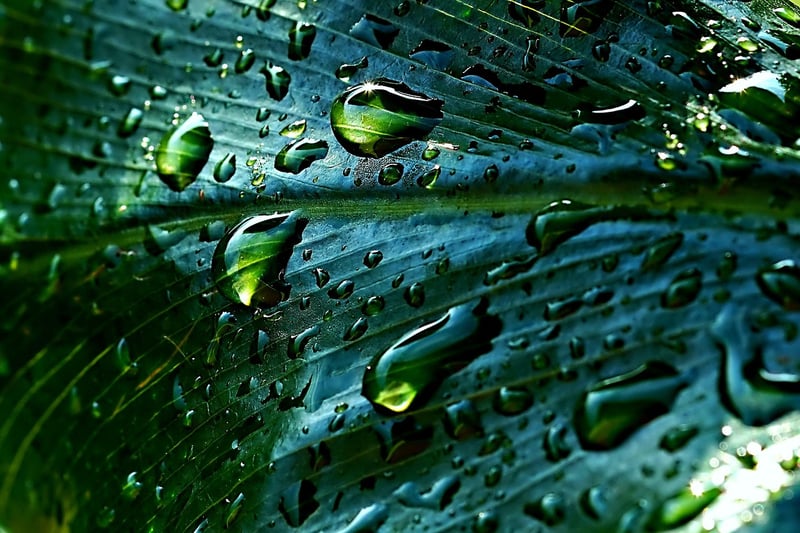Rainwater Harvesting
Environmentally Friendly Gardening Methods + Rainwater Harvesting
Introduction
Gardening is not only a therapeutic hobby but also a way to contribute positively to the environment. By adopting environmentally friendly gardening methods and incorporating rainwater harvesting techniques, you can create a sustainable and eco-conscious garden space.
Environmentally Friendly Gardening Methods
Here are some eco-friendly gardening practices you can implement:
- Composting: Turn kitchen scraps and yard waste into nutrient-rich compost for your garden.
- Native Plants: Choose plants that are native to your region as they require less water and maintenance.
- Organic Pest Control: Use natural methods like companion planting and beneficial insects to control pests instead of harmful chemicals.
- Water Conservation: Install a drip irrigation system or water-efficient practices like mulching to reduce water usage.
- Reduce Waste: Reuse materials like containers and tools or opt for biodegradable alternatives.
Rainwater Harvesting
Rainwater harvesting is the practice of collecting and storing rainwater for later use in your garden. It is a sustainable way to reduce water consumption and maintain a healthy garden. Here are some benefits of rainwater harvesting:
- Reduces Water Bills: Using rainwater for irrigation can significantly lower your water bills.
- Chemical-Free: Rainwater is free from chlorine and other chemicals found in tap water, making it ideal for plants.
- Reduces Stormwater Runoff: Harvesting rainwater helps prevent soil erosion and reduces the burden on storm drains.
- Self-Sufficiency: By collecting rainwater, you become less reliant on external water sources, especially during droughts.
Implementing Rainwater Harvesting
To start rainwater harvesting in your garden, consider the following steps:
- Install a Rain Barrel: Place a rain barrel under a downspout to collect rainwater from your roof.
- Use a Diverter System: Connect a diverter to redirect water from your gutter into a storage tank.
- Filter the Water: Use a mesh screen or filter to remove debris and prevent mosquitoes from breeding in the stored water.
- Regular Maintenance: Clean your rainwater harvesting system periodically to ensure optimal performance.
Conclusion
By combining environmentally friendly gardening practices with rainwater harvesting, you can create a sustainable garden that conserves resources and benefits the ecosystem. Start small, make gradual changes, and watch your garden flourish while minimizing your environmental impact.


